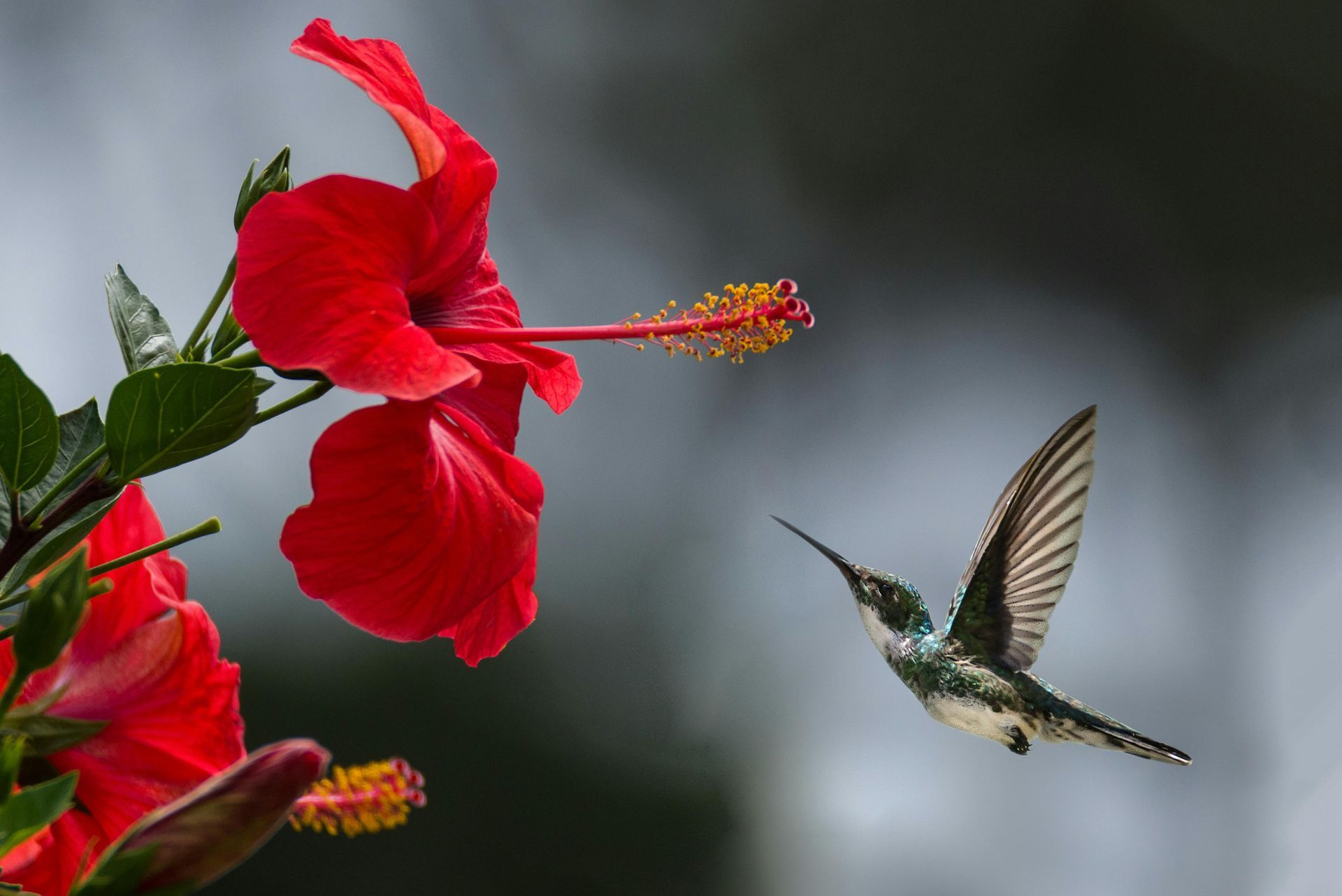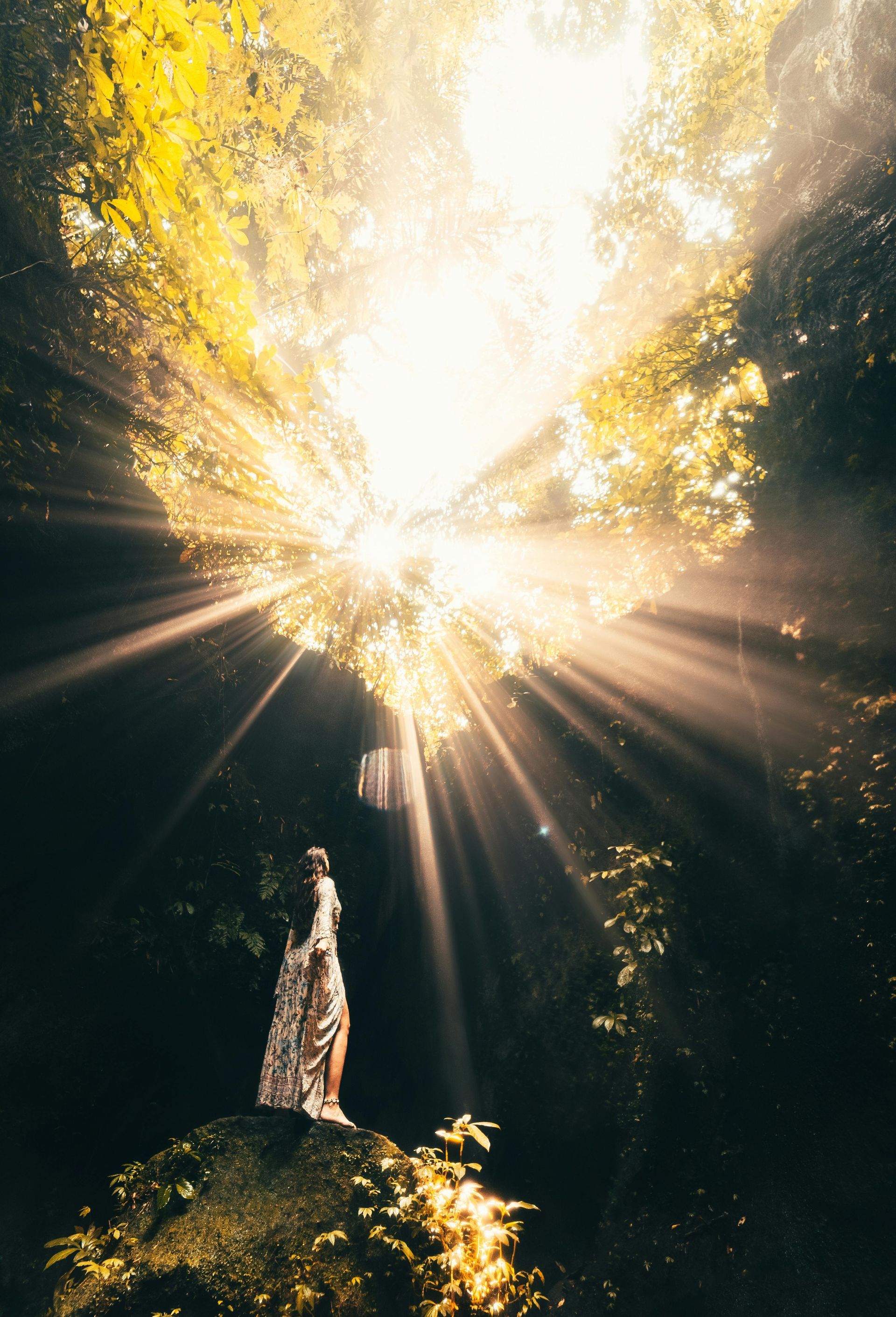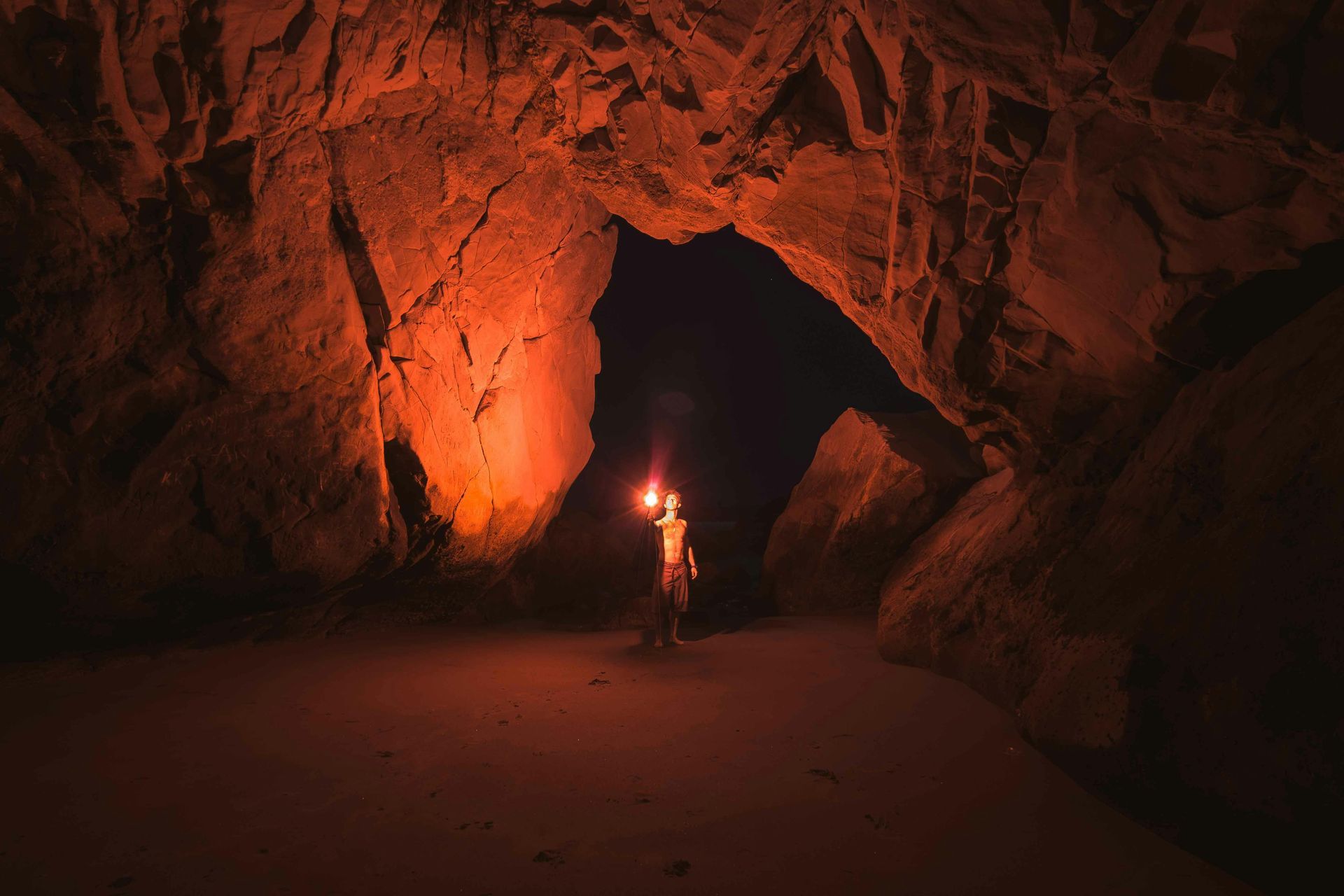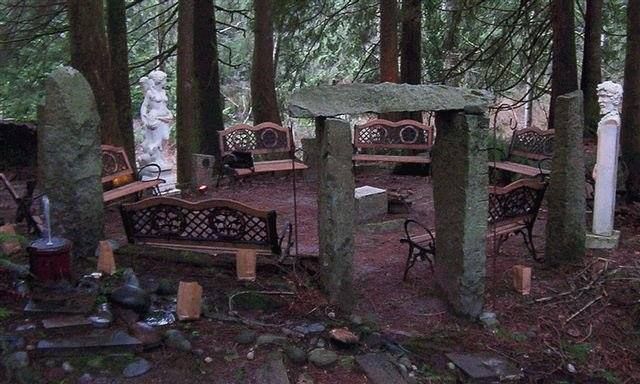Thoughts from the Dean's Desk
Kara D Williams
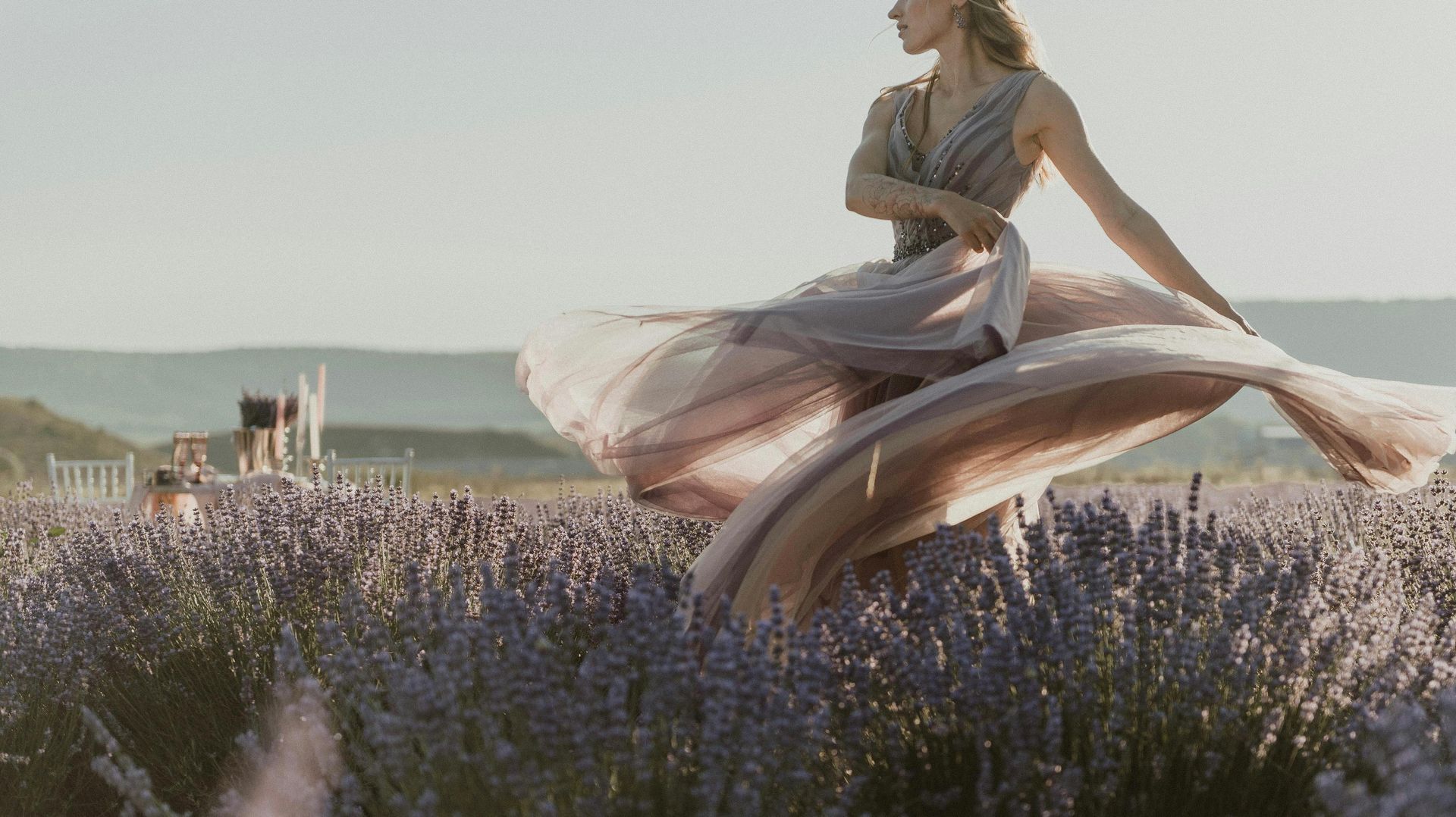
What is Sacred Dance?
Movement as a Spiritual Practice:
In every culture and across every era, dance has served as more than just entertainment. It has been a bridge between the physical and the spiritual, the individual and the divine. Sacred dance, in particular, is a form of movement that transcends performance and enters the realm of spiritual practice. It is a way to embody prayer, express devotion, and connect with something greater than oneself.
I have worked with world dance traditions for over 30 years and most of them incorporate some aspect of sacred dance. When I became a Wiccan Priestess, I brought that practice into my religious experience. Whether that is dancing ecstatically or in a more defined way in ritual or personal practice, dance connects me to the divine in a personal and profound way.
Most dance historians believe that secular dance grew out of sacred dance. First there was sacred dance and then it moved into secular performances. Reclaiming our sacred dance connection can be a profound addition to your spiritual practice.
Sacred dance refers to intentional movement performed as an act of worship, meditation, or spiritual connection. Unlike secular or performance-based dance, sacred dance is not primarily about aesthetics or technique. Instead, it is about presence and intention. It can be practiced alone or in community, in silence or with music, and in formal rituals or spontaneous moments of inspiration.
Historical and Cultural Roots:
Sacred dance has deep roots in many spiritual traditions. Some of them are listed below:
- Hinduism: Classical Indian dance forms like Bharatanatyam and Odissi originated as temple dances, performed as offerings to deities.
- Sufism: The whirling of the Mevlevi dervishes is a form of moving meditation aimed at achieving spiritual ecstasy and union with the divine.
- Christianity: Early Christian communities incorporated dance into worship, and some modern denominations continue this tradition.
- African and Indigenous Traditions: Dance is central to ceremonies that honor ancestors, mark life transitions, and invoke spiritual forces.
- Judaism: The old testament marks many instances of sacred dance for those of the Jewish faith.
The Body as a Vessel:
In sacred dance, the body becomes a vessel for spirit. Movement is not just physical it is symbolic, expressive, and transformative. Dancers often report feelings of transcendence, healing, and deep inner peace. The repetitive nature of some sacred dances can induce altered states of consciousness, similar to those achieved through chanting or breathwork. Whether you are dancing a Kirtan or a Guedra, the connection to the divine through movement can be profound for both the dancer and those watching.
Sacred dance can take many forms, including:
- Ritual Dance: Performed during religious ceremonies or festivals.
- Ecstatic Dance: Free-form movement that allows participants to release inhibitions and connect with their inner selves.
- Liturgical Dance: Choreographed movement integrated into religious services.
- Contemplative Movement: Slow, mindful gestures used in meditation or prayer.
Why People Practice Sacred Dance:
People are drawn to sacred dance for various reasons:
- Spiritual Connection: To feel closer to the divine or to nature. This is often expressed in ecstatic dance done by an individual alone or in a group setting.
- Healing: To process grief, trauma, or emotional blockages.
- Community: To share a collective experience of reverence and joy. Dancing as a community in ritual or at a festival is the most common public expression of sacred dance.
- Embodiment: To integrate mind, body, and spirit in a holistic way. This is often used as a form of invoking deity in many traditions.
- Story Telling: Sacred dance is often used to tell religious stories and myths for ritual and festival attendees. Many Asian traditions still do this today. Dance crosses the boundaries of language.
Sacred Dance Today:
In contemporary times, sacred dance is experiencing a revival. It is being embraced in yoga studios, spiritual retreats, interfaith gatherings, and even therapeutic settings. Movements like 5Rhythms, Dance Church, Dances of Universal Peace, and Authentic Movement reflect a growing interest in dance as a path to inner wisdom and spiritual awakening.
Here at WSTS, I teach Sacred Dance in the course Dancing the Divine. I work with sacred dance at Spring Mysteries Festival as the choreographer for the rituals that take place over that weekend. Incorporating sacred dance into the festival has brought a new level of experience for those who attend and has expanded my own practice in new and wonderful ways. The Well Dance done to honor Demeter is becoming a dance many of us in the Spring Mysteries Community know and love.
Wicca has several dances that are done in ritual settings that are sacred. Spiral Dances or the Witches' Rune Dance done while reciting the rune in ritual are both powerful experiences for most of us.
Sacred dance reminds us that spirituality is not confined to stillness or silence. It can be dynamic, expressive, and embodied. Whether through a graceful gesture, a rhythmic stomp, or a spontaneous twirl, sacred dance invites us to move with intention and in doing so, to move closer to the sacred.







